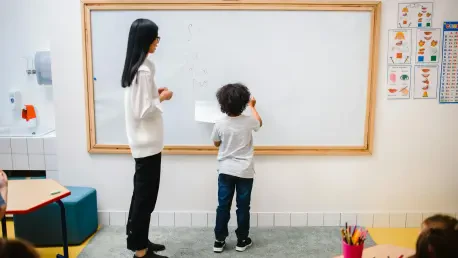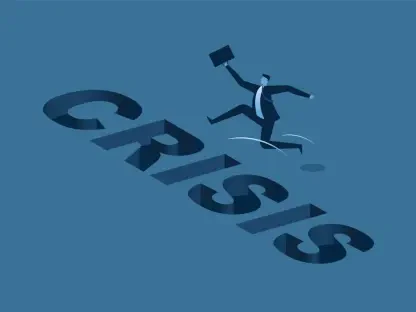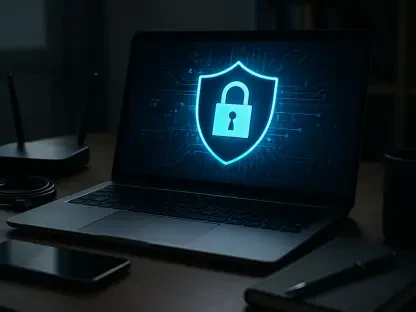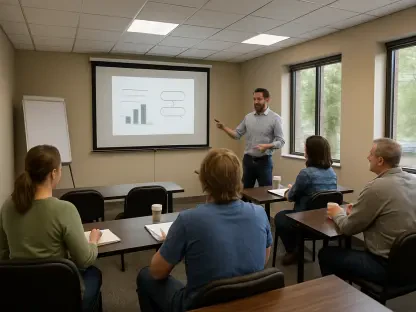I’m thrilled to sit down with Camille Faivre, a renowned expert in education management who has dedicated her career to transforming learning environments. With a focus on open and e-learning programs in the post-pandemic era, Camille has been instrumental in helping institutions adapt to new challenges and opportunities. Today, we’re diving into the critical topic of middle school literacy, exploring why it’s a cornerstone of student success, the unique hurdles students face, and how innovative tools and strategies can make a real difference in closing literacy gaps and fostering confidence.
Why do you think literacy holds such a pivotal role for middle school students?
Literacy at the middle school level is absolutely foundational. It’s the bridge between learning to read and reading to learn, which means it impacts every aspect of a student’s academic journey. When students have strong literacy skills in these years, they’re better equipped to tackle complex texts in high school and beyond, whether it’s analyzing literature or understanding technical material in college or a career. More than that, it builds critical thinking and communication skills that are essential for life. Without those skills, students often struggle to keep up, and the gap only widens as the content gets tougher.
What are some of the biggest challenges middle schoolers face when they’re behind in reading?
When students enter middle school with weak reading skills, it creates a ripple effect across all their subjects. Science instructions, history texts, even math word problems become barriers because they can’t access the material. Beyond academics, there’s a huge emotional toll. These kids are often acutely aware they’re not on par with their peers, and that can lead to frustration, embarrassment, and even disengagement from school altogether. It’s heartbreaking because they start to doubt their own potential at such a formative age.
How do students react when they’re given reading materials that feel too young for them?
Middle schoolers are at a stage where identity and perception matter immensely. If you hand them materials that seem “babyish”—think overly simplistic language or childish visuals—they often feel insulted or patronized. It’s not just about the content; it’s about how it reflects on them. They might shut down, refuse to participate, or lose any drive to improve because it feels like they’re being treated as less capable. That’s why age-appropriate design and content are so crucial—it respects their stage of life and keeps them motivated.
What strategies can educators use to keep middle school students engaged while addressing literacy gaps?
Engagement starts with relevance. Middle schoolers need content that feels connected to their world—topics they care about or formats that resonate with their interests, like interactive digital tools over dry worksheets. It’s also about creating a safe space where they’re willing to take risks with reading and learning. Digital programs can be tailored to avoid feeling juvenile, using sleek designs and challenging yet achievable tasks. When students see the material as something worth their time, they’re far more likely to dive in and stick with it.
What do you believe are the key elements of an effective literacy program for this age group?
An effective program has to be personalized. Every student comes with different strengths and gaps, so tailored learning paths are essential to meet them where they are. Strong assessments are also critical—they provide a clear picture of progress and areas needing focus. And never underestimate the power of celebrating small wins. Whether it’s mastering a new skill or improving a test score, recognizing those moments builds confidence and keeps students pushing forward. It’s about balancing data-driven instruction with genuine encouragement.
How can digital tools enhance literacy development for middle schoolers, especially across diverse student groups?
Digital tools are game-changers because they can adapt to individual needs in ways traditional methods often can’t. For instance, they can adjust reading levels or offer multilingual support on the fly, which is huge for students from diverse backgrounds or those with specific learning needs, like in special education. They also provide instant feedback, which helps students see their growth in real time. When designed thoughtfully, these tools can level the playing field, giving every student a fair shot at building literacy skills without the stigma of being singled out.
How does layering different types of support, like digital programs and teacher guidance, impact literacy outcomes?
Layering support creates a powerful synergy. Digital programs offer structure and personalization, allowing students to work at their own pace. But when you add a teacher’s guidance, you get the human element—someone to explain, motivate, and connect on a personal level. Layer in intensive tutoring or small-group interventions, and the impact grows even more because you’re addressing specific struggles with targeted help. Each layer builds on the last, and the data shows that students make greater strides when these supports work together rather than in isolation.
What is your forecast for the future of literacy development in middle schools?
I’m optimistic about where we’re headed, largely because of the integration of technology and a growing awareness of individualized learning needs. I think we’ll see even smarter digital tools that use data to predict and address literacy gaps before they widen, alongside a stronger emphasis on teacher training to blend tech with personal interaction. The focus will likely shift toward equity—ensuring every student, no matter their background, has access to high-quality literacy resources. If we keep prioritizing engagement and confidence alongside skill-building, I believe we can close many of the gaps we see today and prepare students for a future where literacy is their strongest asset.








